Giardino Storico e Sacello Romano (Ospedale Militare)
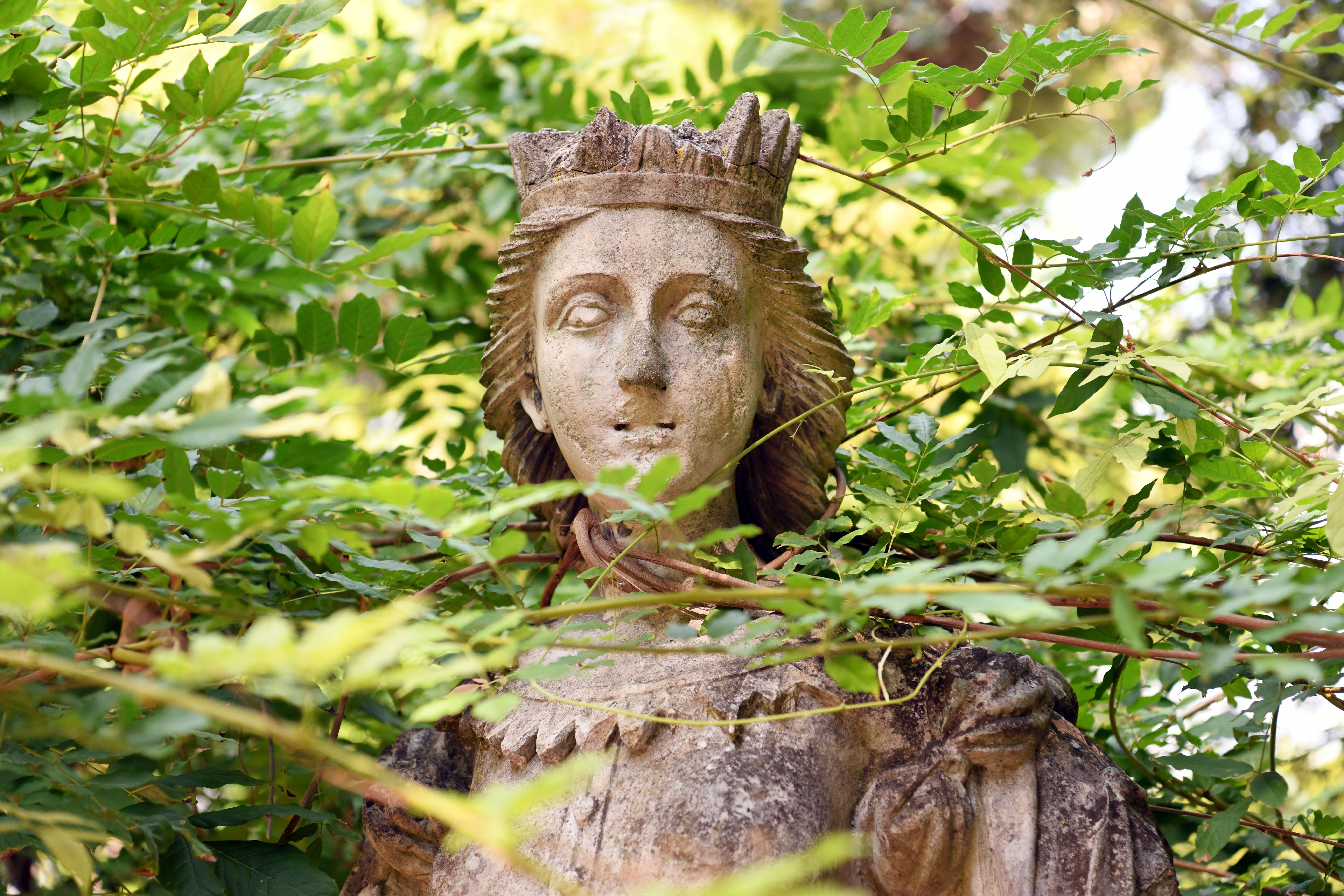
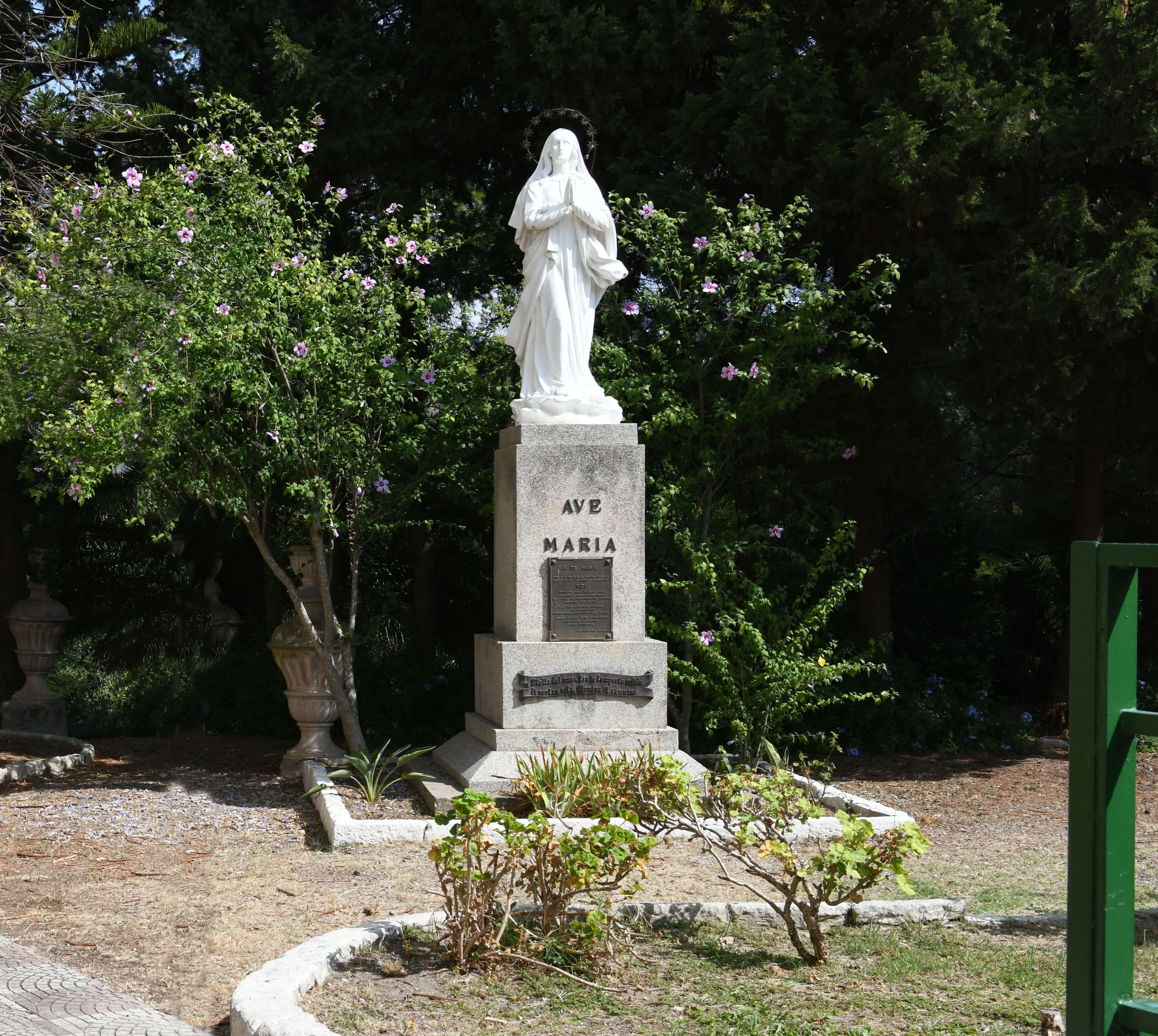
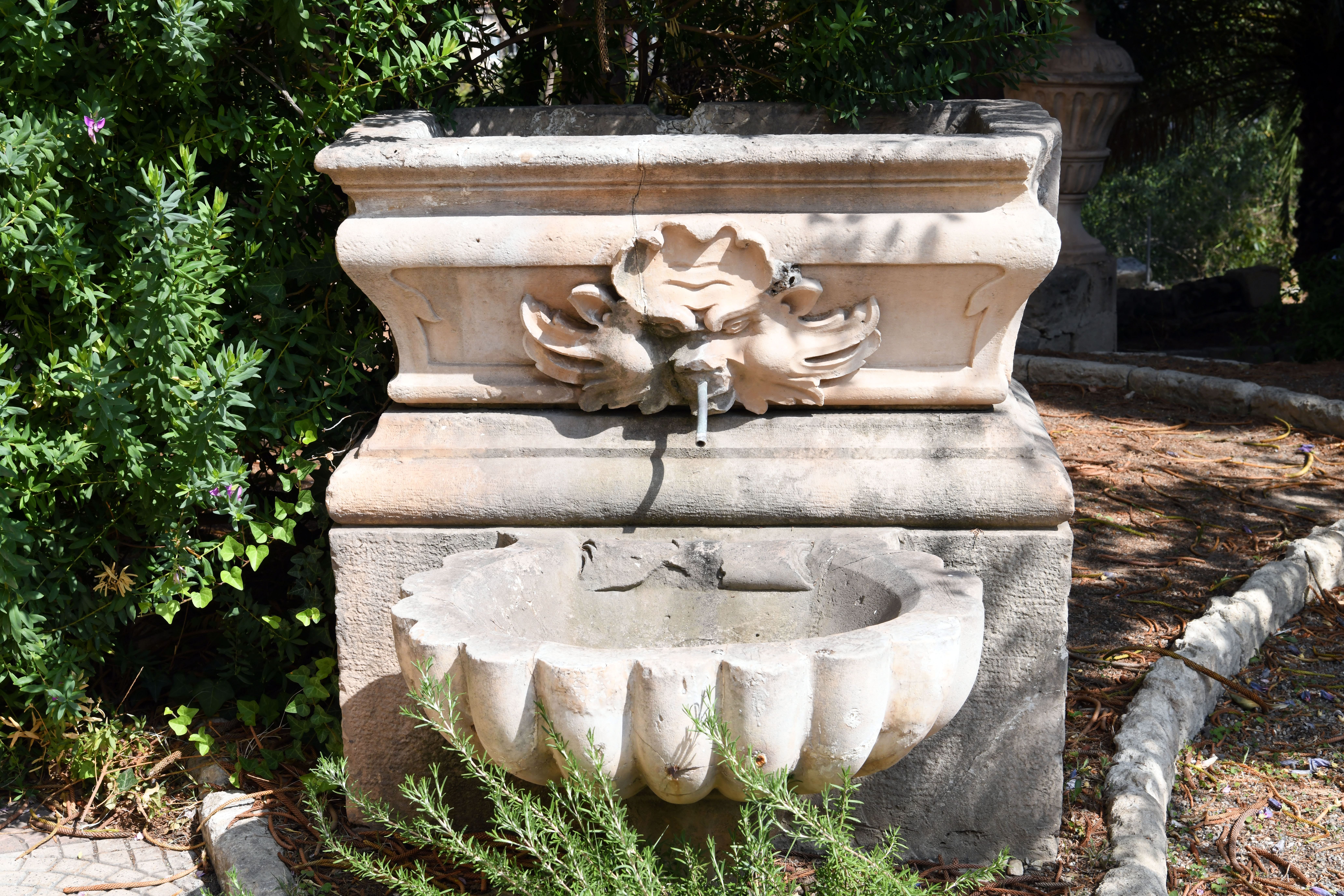
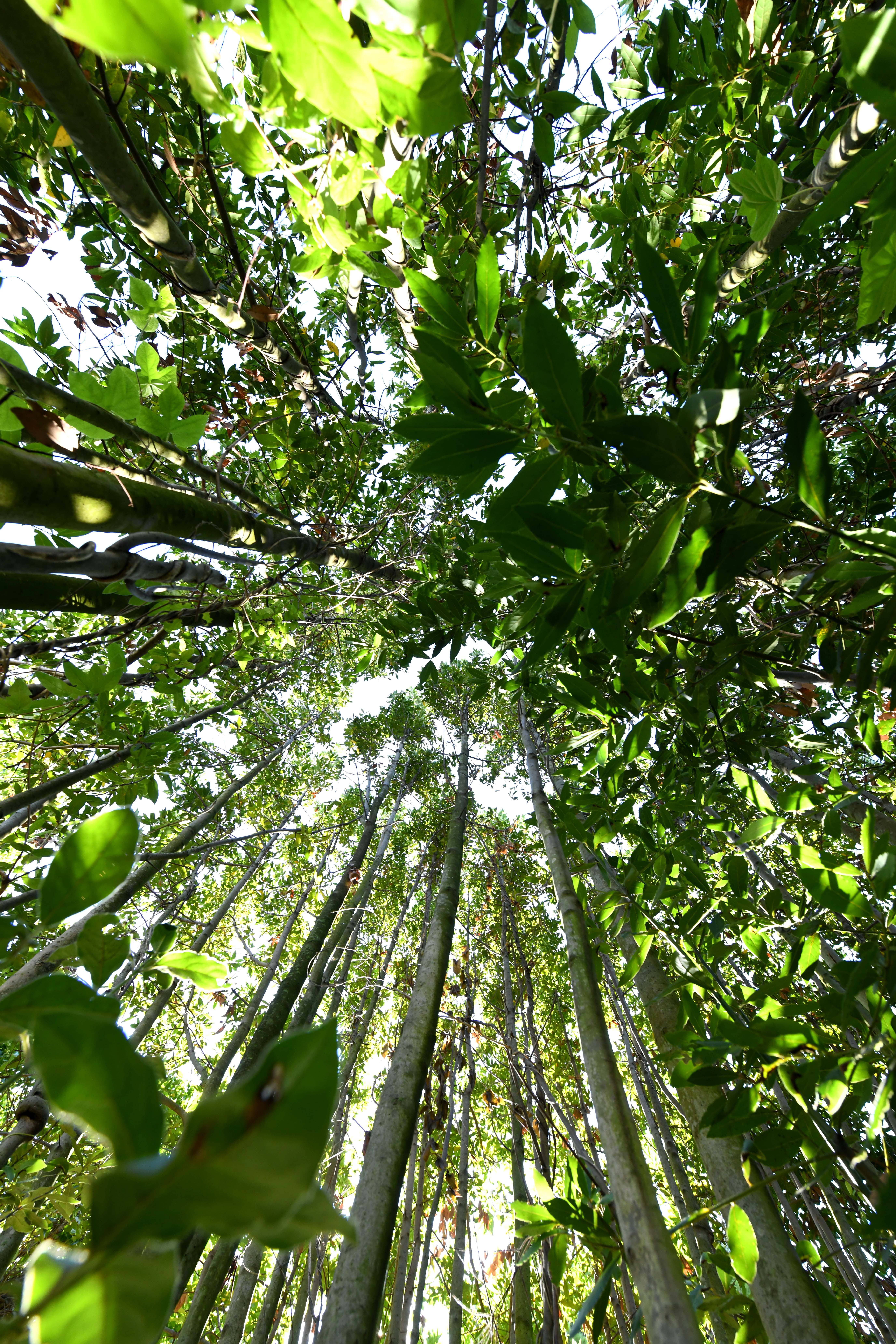
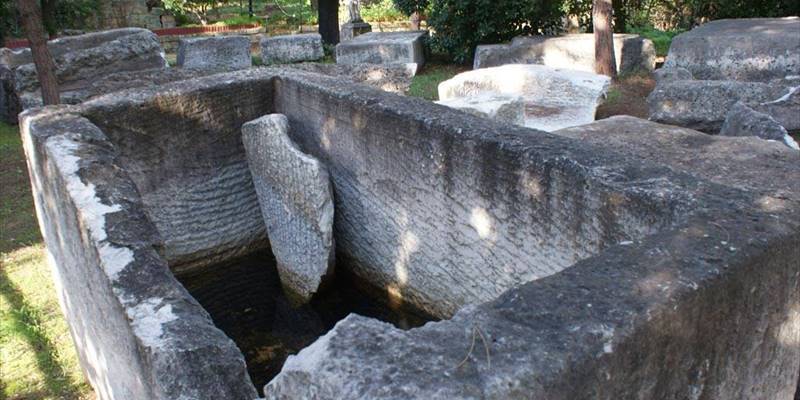
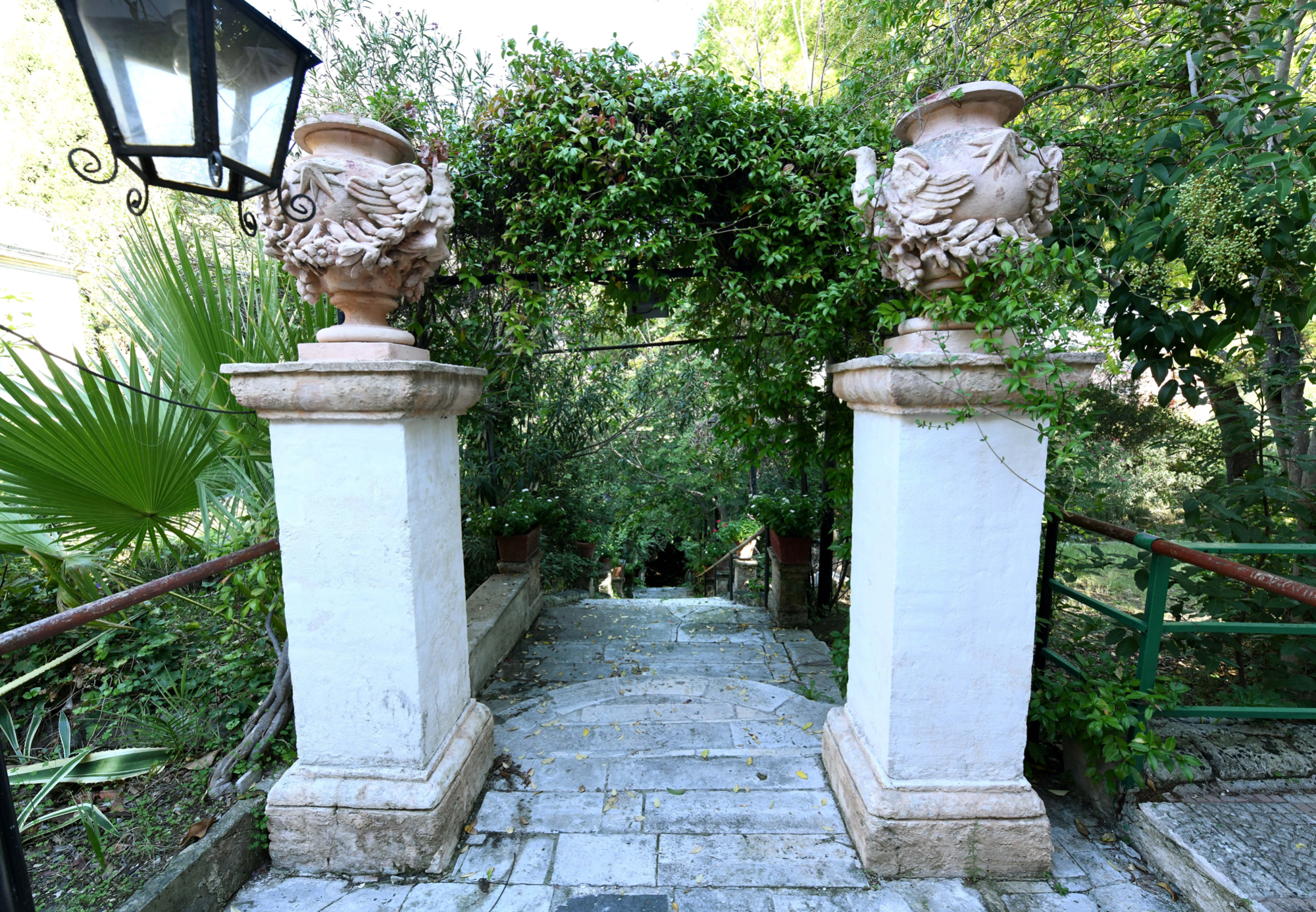

Historic Garden and Sacello Romano
ospedale militare Archeology
historic garden
The gardens and the archaeological area of the Hospital of the Navy of Taranto, in the Umbertine village of the city, in ancient times were part of the Tarantine necropolis which has returned thousands of finds including the late republican Sacello dating back to the II-I century BC, whose remains are preserved in an underground compartment accessible from the space of the hyperbaric area in a context of natural beauty in which the acanthus plants, inspiring many creations of the Greek and Roman world, proliferated and proliferated thanks to the freshwater citruses that still flow in the Gardens today. An enchanted scenario is that of the historic gardens owned by the Thomai and Foresio families until the end of the 18th century, then by the Giovinazzi and Catapano families. Properties that survived the construction of the Military Arsenal in 1885 along the ancient Via di Santa Lucia, which, close to the sea, led from the island to a small church dedicated to Santa Lucia dei Pescatori; an old rural house of the Foresio / Guardone families and its ancient staircase from the 1600s, in the area that has become a hospital, first as a church and housing for nuns and today as a church and executive offices. In the gardens today there are also numerous remains of the garden of the villa of Mons. Giuseppe Capecelatro, archbishop of Taranto, remains that reflect the greatness of its owner, a nobleman of the Church, of culture and of science, also on the road to Santa Lucia. The magnificence of the places all in a famous inscription that was placed at the entrance of the villa epigraphed on a shield of one of the two stone Lions that today introduce the central avenue of the garden: "If Adam had sinned again here, perhaps God would have pretended not at all". The demolition of the abandoned villa which, after Capecelatro was the residence of General Florestano Pepe, brother of Guglielmo Pepe, took place in 1893. A treasure chest of classical and underwater archeology in a natural habitat of great beauty and charm.
late republican roman sacellum
In ancient times, in addition to the theater remembered by ancient authors and the chronicles of travelers of the eighteenth century, the area was part of the very extensive Tarantine necropolis, which returned votive cabinets (closets) containing thousands of artifacts. Among the most significant testimonies is the late Republican Sacellum whose remains are preserved in an underground compartment accessible from the space of the infectious ward of the Military Hospital.
The sanctuary was discovered in 1901 by the archaeologist Quintino Quagliati, in those years Superintendent of Taranto, and occupied an area located inside the Tarantine necropolis, in a context of natural beauty in which the acanthus plants, inspiring many creations of the Greek and Roman world, proliferate thanks to the freshwater citruses that flow in the current garden, which the creation of a park will be able to adequately enhance.
The Sacellum, datable to the 2nd-1st century BC, has a rectangular cell made of concrete with an irregular design (opus incertum), which has incorporated more ancient material. It is accessed from the east by means of a door with monolithic jambs. Inside, part of the painted plaster is still preserved, the decoration of which has vertical bands in red.
The probable altar is placed in axis with the entrance, while against the back wall is a high base, also in uncertain work, on which rests a block in carparo with a central recess. Leaning against the walls there are five stelae in white limestone on molded bases. They are neither decorated nor inscribed, except the one to the left of the door, which bears a carved torch.
Upon discovery, Quagliati attributed the chapel to Venus Libitina, a divinity who supervised the rituals and funeral ceremonies. The peculiarity of the internal altar for bloodless sacrifices and the symbol of the torch carved on one of the steles suggest a possible dedication of the sacred space to other female deities connected to the world of the afterlife, Artemis / Hekate, Kore or Demeter.
Among the numerous Votive Stipi uncovered during the archaeological research carried out in the sector between the Military Hospital and the Santa Lucia roadstead, the following are mentioned:
- The Stipe of “Fondo Giovinazzi” which returned over 30,000 fragments of figured terracotta, many of which related to the so-called “recumbente” type;
- The Stipe of the Ayala Valva Fund (found between via Pitagora and via Nitti);
- The Stipe found north of via Di Palma, adjacent to the Giovinazzi Fund;
- The votive deposit of the M.M. Hospital - Infectious Department
- The so-called "Temple of Asklepio", quoted by literary sources, probably located in the Asinaro valley, on the Mar Piccolo, north of the Military Hospital, near the fortified inner port, an area dedicated to saving cults, from which, in the 18th century, anatomical ex voto were recovered.
historic garden
The gardens and the archaeological area of the Hospital of the Navy of Taranto, in the Umbertine village of the city, in ancient times were part of the Tarantine necropolis which has returned thousands of finds including the late republican Sacello dating back to the II-I century BC, whose remains are preserved in an underground compartment accessible from the space of the hyperbaric area in a context of natural beauty in which the acanthus plants, inspiring many creations of the Greek and Roman world, proliferated and proliferated thanks to the freshwater citruses that still flow in the Gardens today. An enchanted scenario is that of the historic gardens owned by the Thomai and Foresio families until the end of the 18th century, then by the Giovinazzi and Catapano families. Properties that survived the construction of the Military Arsenal in 1885 along the ancient Via di Santa Lucia, which, close to the sea, led from the island to a small church dedicated to Santa Lucia dei Pescatori; an old rural house of the Foresio / Guardone families and its ancient staircase from the 1600s, in the area that has become a hospital, first as a church and housing for nuns and today as a church and executive offices. In the gardens today there are also numerous remains of the garden of the villa of Mons. Giuseppe Capecelatro, archbishop of Taranto, remains that reflect the greatness of its owner, a nobleman of the Church, of culture and of science, also on the road to Santa Lucia. The magnificence of the places all in a famous inscription that was placed at the entrance of the villa epigraphed on a shield of one of the two stone Lions that today introduce the central avenue of the garden: "If Adam had sinned again here, perhaps God would have pretended not at all". The demolition of the abandoned villa which, after Capecelatro was the residence of General Florestano Pepe, brother of Guglielmo Pepe, took place in 1893. A treasure chest of classical and underwater archeology in a natural habitat of great beauty and charm.
late republican roman sacellum
In ancient times, in addition to the theater remembered by ancient authors and the chronicles of travelers of the eighteenth century, the area was part of the very extensive Tarantine necropolis, which returned votive cabinets (closets) containing thousands of artifacts. Among the most significant testimonies is the late Republican Sacellum whose remains are preserved in an underground compartment accessible from the space of the infectious ward of the Military Hospital.
The sanctuary was discovered in 1901 by the archaeologist Quintino Quagliati, in those years Superintendent of Taranto, and occupied an area located inside the Tarantine necropolis, in a context of natural beauty in which the acanthus plants, inspiring many creations of the Greek and Roman world, proliferate thanks to the freshwater citruses that flow in the current garden, which the creation of a park will be able to adequately enhance.
The Sacellum, datable to the 2nd-1st century BC, has a rectangular cell made of concrete with an irregular design (opus incertum), which has incorporated more ancient material. It is accessed from the east by means of a door with monolithic jambs. Inside, part of the painted plaster is still preserved, the decoration of which has vertical bands in red.
The probable altar is placed in axis with the entrance, while against the back wall is a high base, also in uncertain work, on which rests a block in carparo with a central recess. Leaning against the walls there are five stelae in white limestone on molded bases. They are neither decorated nor inscribed, except the one to the left of the door, which bears a carved torch.
Upon discovery, Quagliati attributed the chapel to Venus Libitina, a divinity who supervised the rituals and funeral ceremonies. The peculiarity of the internal altar for bloodless sacrifices and the symbol of the torch carved on one of the steles suggest a possible dedication of the sacred space to other female deities connected to the world of the afterlife, Artemis / Hekate, Kore or Demeter.
Among the numerous Votive Stipi uncovered during the archaeological research carried out in the sector between the Military Hospital and the Santa Lucia roadstead, the following are mentioned:
- The Stipe of “Fondo Giovinazzi” which returned over 30,000 fragments of figured terracotta, many of which related to the so-called “recumbente” type;
- The Stipe of the Ayala Valva Fund (found between via Pitagora and via Nitti);
- The Stipe found north of via Di Palma, adjacent to the Giovinazzi Fund;
- The votive deposit of the M.M. Hospital - Infectious Department
- The so-called "Temple of Asklepio", quoted by literary sources, probably located in the Asinaro valley, on the Mar Piccolo, north of the Military Hospital, near the fortified inner port, an area dedicated to saving cults, from which, in the 18th century, anatomical ex voto were recovered.
Also visit
Have you already visited the Aragonese Castle? Discover the history of the ancient Castel S. Angelo, a symbol of Taranto located between the two seas!
Book a visit
Request availability to visit the Historic Garden. Remember to indicate the date and the expected number of people. The reservation is to be considered made only after the positive feedback received via email
Historical Navy Exhibition
In the heart of Taranto, an unmissable exhibition that will accompany you through the stories, vehicles and equipment of the Navy, to discover a past full of fascinating curiosities
Tourist route
Discover the recommended tourist route to visit the Sacello Romano and the other points of historical and cultural interest in the immediate vicinity.
Historic Garden and Sacello Romano
ospedale militare Archeology
historic garden
The gardens and the archaeological area of the Hospital of the Navy of Taranto, in the Umbertine village of the city, in ancient times were part of the Tarantine necropolis which has returned thousands of finds including the late republican Sacello dating back to the II-I century BC, whose remains are preserved in an underground compartment accessible from the space of the hyperbaric area in a context of natural beauty in which the acanthus plants, inspiring many creations of the Greek and Roman world, proliferated and proliferated thanks to the freshwater citruses that still flow in the Gardens today. An enchanted scenario is that of the historic gardens owned by the Thomai and Foresio families until the end of the 18th century, then by the Giovinazzi and Catapano families. Properties that survived the construction of the Military Arsenal in 1885 along the ancient Via di Santa Lucia, which, close to the sea, led from the island to a small church dedicated to Santa Lucia dei Pescatori; an old rural house of the Foresio / Guardone families and its ancient staircase from the 1600s, in the area that has become a hospital, first as a church and housing for nuns and today as a church and executive offices. In the gardens today there are also numerous remains of the garden of the villa of Mons. Giuseppe Capecelatro, archbishop of Taranto, remains that reflect the greatness of its owner, a nobleman of the Church, of culture and of science, also on the road to Santa Lucia. The magnificence of the places all in a famous inscription that was placed at the entrance of the villa epigraphed on a shield of one of the two stone Lions that today introduce the central avenue of the garden: "If Adam had sinned again here, perhaps God would have pretended not at all". The demolition of the abandoned villa which, after Capecelatro was the residence of General Florestano Pepe, brother of Guglielmo Pepe, took place in 1893. A treasure chest of classical and underwater archeology in a natural habitat of great beauty and charm.
late republican roman sacellum
In ancient times, in addition to the theater remembered by ancient authors and the chronicles of travelers of the eighteenth century, the area was part of the very extensive Tarantine necropolis, which returned votive cabinets (closets) containing thousands of artifacts. Among the most significant testimonies is the late Republican Sacellum whose remains are preserved in an underground compartment accessible from the space of the infectious ward of the Military Hospital.
The sanctuary was discovered in 1901 by the archaeologist Quintino Quagliati, in those years Superintendent of Taranto, and occupied an area located inside the Tarantine necropolis, in a context of natural beauty in which the acanthus plants, inspiring many creations of the Greek and Roman world, proliferate thanks to the freshwater citruses that flow in the current garden, which the creation of a park will be able to adequately enhance.
The Sacellum, datable to the 2nd-1st century BC, has a rectangular cell made of concrete with an irregular design (opus incertum), which has incorporated more ancient material. It is accessed from the east by means of a door with monolithic jambs. Inside, part of the painted plaster is still preserved, the decoration of which has vertical bands in red.
The probable altar is placed in axis with the entrance, while against the back wall is a high base, also in uncertain work, on which rests a block in carparo with a central recess. Leaning against the walls there are five stelae in white limestone on molded bases. They are neither decorated nor inscribed, except the one to the left of the door, which bears a carved torch.
Upon discovery, Quagliati attributed the chapel to Venus Libitina, a divinity who supervised the rituals and funeral ceremonies. The peculiarity of the internal altar for bloodless sacrifices and the symbol of the torch carved on one of the steles suggest a possible dedication of the sacred space to other female deities connected to the world of the afterlife, Artemis / Hekate, Kore or Demeter.
Among the numerous Votive Stipi uncovered during the archaeological research carried out in the sector between the Military Hospital and the Santa Lucia roadstead, the following are mentioned:
- The Stipe of “Fondo Giovinazzi” which returned over 30,000 fragments of figured terracotta, many of which related to the so-called “recumbente” type;
- The Stipe of the Ayala Valva Fund (found between via Pitagora and via Nitti);
- The Stipe found north of via Di Palma, adjacent to the Giovinazzi Fund;
- The votive deposit of the M.M. Hospital - Infectious Department
- The so-called "Temple of Asklepio", quoted by literary sources, probably located in the Asinaro valley, on the Mar Piccolo, north of the Military Hospital, near the fortified inner port, an area dedicated to saving cults, from which, in the 18th century, anatomical ex voto were recovered.
contacts
Via Pupino 1, Taranto
mspedal.ta.giardinistorici@marina.difesa.it
099 775 0315
useful information
accessible
60 minuti (permanenza media)
opening time
Telephone booking required